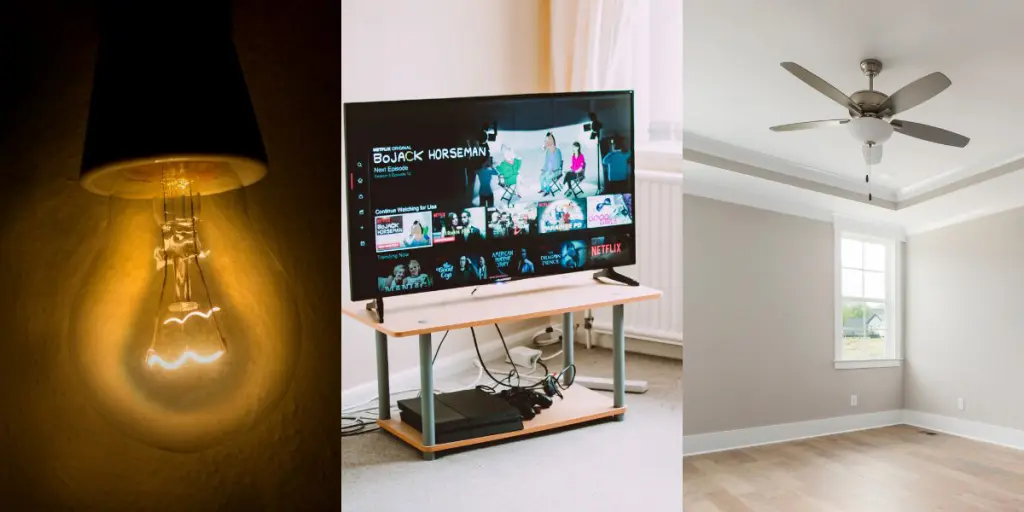Views: 0 Author: Site Editor Publish Time: 2025-05-22 Origin: Site








Ever plug in the electric kettle while the dishwasher is running and wonder what prevents your home’s wiring from complaining? Or perhaps you’ve experienced a sudden power cut to one part of your house after switching on too many appliances? Lurking within your home’s consumer unit (also known as a distribution board or fuse box) is a small but mighty device responsible for managing this: the Miniature Circuit Breaker, or MCB.
While various ratings exist, arguably the most common and hardworking MCB you’ll find safeguarding circuits in homes across Europe is the 16 Amp breaker. It’s the backbone of everyday electrical safety, quietly protecting the circuits that power many of your essential devices.
Think of a Miniature Circuit Breaker (MCB) as an intelligent, reusable fuse. It’s an automatic electrical switch designed with one primary goal: to protect an electrical circuit from damage caused by overcurrent. Overcurrent happens in two main ways:
——Overload
——Short Circuit
In modern European homes, MCBs are typically mounted neatly on a standardized DIN rail inside the consumer unit. They often work alongside other crucial safety devices like Residual Current Devices (RCDs) or Residual Current Breakers with Overcurrent protection (RCBOs), which provide additional protection against electric shock.
The reliability of these devices is paramount. For an MCB to perform its life-saving function correctly every time, it needs to be manufactured to stringent standards. Choosing MCBs from reputable manufacturers like KCISE, who adhere to strict quality control and international safety certifications.

The “16 Amp” rating tells you the maximum continuous electrical current the breaker is designed to safely allow through the circuit it protects. Why is 16A such a common figure in European electrical installations?
Matching Standard European Wiring: In Europe, common household wiring for general-purpose socket circuits often uses copper cables with conductor cross-sectional areas of 1.5mm² or, more commonly for socket circuits, 2.5mm². Electrical regulations dictate the maximum current these wire sizes can safely carry without overheating. A 16 Amp breaker is typically well-suited to protect circuits using 2.5mm² wiring (and sometimes 1.5mm² depending on installation method and local codes), providing a safety margin.
Balancing Power Needs and Safety: The standard European voltage is typically 230V. Using the power formula (Power (Watts) = Voltage (Volts) x Current (Amps)), a 16A circuit can handle a maximum continuous load of approximately 3680 Watts (230V * 16A = 3680W). This capacity is sufficient for many common household scenarios, allowing multiple lower-power devices or single higher-power appliances (like a kettle or vacuum cleaner) to run without issue, while still being sensitive enough to trip quickly if the wiring is overloaded.
Standardisation: Having a common rating like 16A simplifies electrical design, installation, and component manufacturing across different European countries, although specific national regulations always take precedence.

Walk over to your consumer unit, and you’ll likely see several switches marked “C16” . These 16A breakers are the workhorses protecting many familiar circuits:
General Purpose Socket Outlet Circuits: This is the most frequent application. A single 16A MCB often protects a group of wall sockets in a specific room (like the living room, bedroom, or study) or area. This allows you to safely plug in everyday items such as:
Lamps
Televisions and entertainment systems
Computers, laptops, and chargers
Vacuum cleaners
Fans
Radios
……
Using the correctly rated MCB is not just a recommendation; it’s a fundamental safety requirement. Mismatching the breaker size to the wiring it protects can have dangerous consequences:
This isn’t typically dangerous, but it’s highly inconvenient. The breaker will likely trip frequently during normal use (nuisance tripping) when you plug in appliances the circuit should be able to handle.
THIS IS EXTREMELY DANGEROUS AND CREATES A SEVERE FIRE HAZARD. Remember, the primary job of the MCB is to protect the wiring installed within your walls. If you install a 20A breaker on a circuit with wires only designed for 16A, the wires can overheat significantly, melt their insulation, and potentially ignite surrounding materials before the oversized breaker even detects a problem and trips. Never replace a breaker with a higher-rated one unless a qualified electrician has confirmed the wiring is appropriate for the increased load.
Equally important is the quality of the MCB itself. A cheap, uncertified breaker might fail to trip when needed, offering a false sense of security, or it might degrade quickly over time.